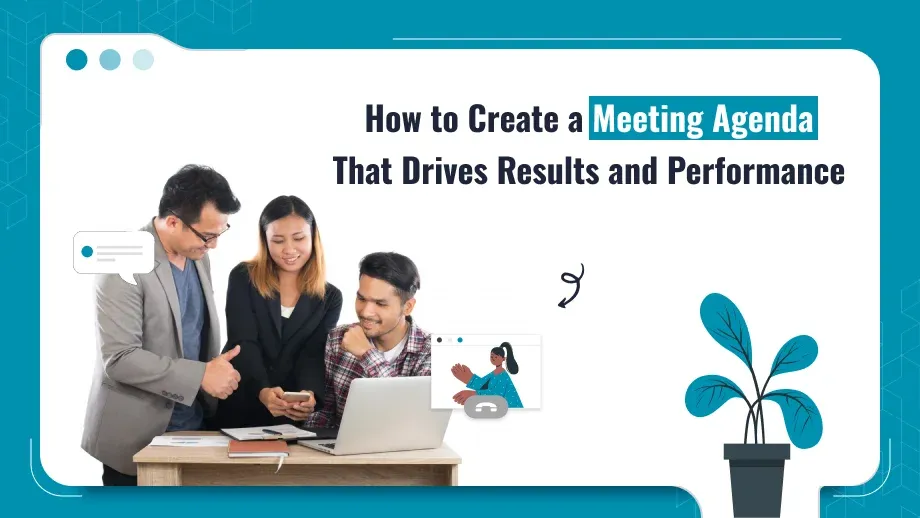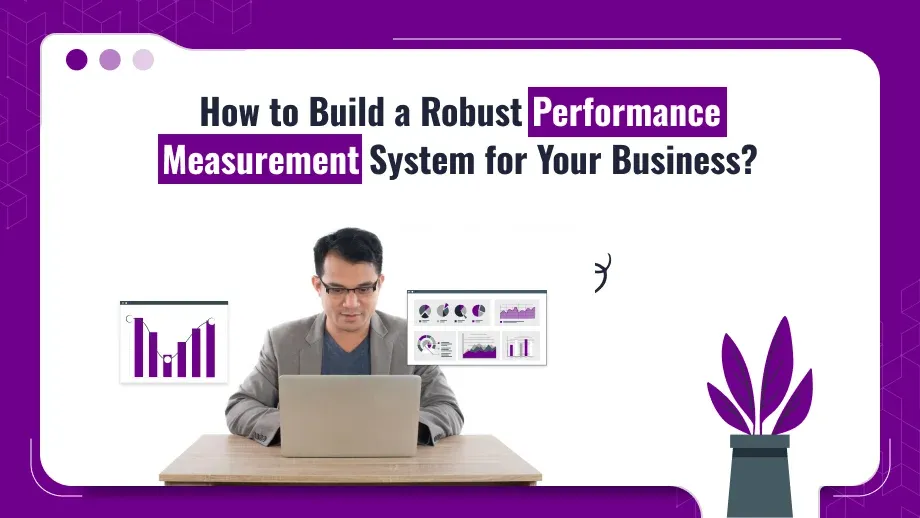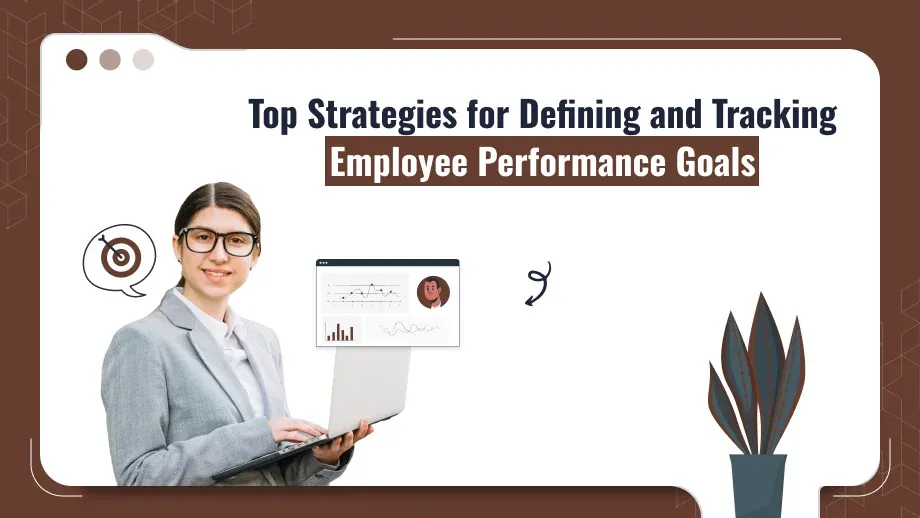
A meeting agenda is much more than a simple list of discussion points; it’s a powerful tool that organizes thoughts, prioritizes actions, and aligns teams toward shared goals. Especially in the context of human resource performance, a well-structured agenda can significantly influence meeting effectiveness. Effective agendas not only ensure productive meetings but also foster engagement, drive results, and support strategic alignment across departments.
An agenda, in simple words, is a road map, designed to help discuss and provide direction to decisions making under a focused and productive light. Let’s explore what is a meeting agenda , its core importance, and how to create an agenda that brings about enhanced productivity, engagement, and performance.
Importance of an agenda in a meeting
A clear meeting agenda gives direction to the discussion, keeps it in tract and ensures no important topic is left out. It facilitates participants’ preparation before the meeting and gives an opportunity to meaningfully contribute to the discussion. The importance of the agenda for the meeting is essential for HR and management teams while aligning the discussions with strategic goals.
Why you need a Meeting Agenda
Defines Objectives
An agenda sets the objectives and guides you. Every topic on the agenda should assist in accomplishing what is brought together for the meeting-for example, whether it is to make a determination on a solution, solve a problem, or provide information. The agenda helps to narrow the discussion and keep it aligned with the objective of the meeting.
Keeps Conversations Focused
Without an agenda, many meetings tend to drift away from crucially important discussion points. They eventually become futile and wasteful because contributors are forced to go round and round talking about such irrelevant matters.
It keeps the discussions on course while keeping the participants actively involved with relevant points on the agenda, hence making meaningful progress.
Encourages Productive Time Management
Agendas enable appropriate time utilization and ensure that all pertinent matters receive relevant consideration. The need to structure topics and plan time will help a meeting organizer avoid the looming threat of rash decisions or even long discourses on unimportant matters. On matters like applications for benefits or performance management applications, this can prove to be especially valuable for discussions in HR meetings.
Issues like human resource performance, employee development, for instance, would be critical at focus. In HR, handling such matters is just what agenda for the meeting would support; for instance, it would enable managers to quickly get to the point and tackle problems, tracking actionable items, ensuring that every person is aligned, and communicating and making decisions. A productive HR meeting leading up to strategic goals directly contributes to the success of HR initiatives and organization-level objectives.
The Basic Elements of Meeting agenda for Result-Oriented Outcomes
A good agenda is not a simple list of topics, but an agenda setting as a skeleton for the discussion in order to bring results and therefore action. Here are the basic elements of the agenda for effective action driven out comes in the meeting:-
Defining Crisp Objectives
Each session should have goals, which need to be in line with the purpose of holding such a meeting-strategic: either discussing the need to upgrade HRMS & payroll software, new HR policies, or assessment of employees. Being clear on objectives ensures that all attending know what to expect from the session and, therefore, work toward that established outcome.
Clear Prioritization of Discussion Topics
Order the items to be discussed based on the priority of that particular item for discussion. This is highly imperative for the HR meeting since topics can range from employee policies to updates on any payroll software. This will mean that the high priority items will always have enough time allocated for the discussion of the item
Time allocated to the topics
The time limits for each agenda item ensure that the speed of the meeting does not drag. In cases where an HR professional has a myriad of responsibilities, such assistance ensures that some of the critical items of the agenda, including human resource performance, compliance, or payroll review, are completed without derailing the agenda.
Assigning Roles and Responsibilities
Outline who will lead each discussion item. This step holds people accountable and increases engagement because team members know what they are expected to contribute in the meeting. An update on performance management applications for example, has a person assigned to ensure it’s thorough and informative.
Ensure there is a Review and Next Steps
Summarize key decisions, action, and assignments that are going to take place and also be assigned along with clear follow-up tasks. This ensures that outcomes of the meeting become actionable, since participants would know responsibilities that await them moving forward.
This is important to maintain accountability for follow-through.
Achieve more in every meeting with a focused meeting agenda.
Keep your team on track and drive real results!
Importance of Agenda for HR Meetings
In HR, a well-constructed agenda is a total game-changer. To many in HR teams, it has to discuss issues that generally call for well-prepared ideas, hence the need to collaborate. Here’s how an agenda boosts human resource performance during HR meetings:
Improving Productivity and Focus
Agendas streamline HR meetings and otherwise time-wasting sessions help make them meaningful and productive. Topics such as updates on payroll software and new policies can be streamlined to have all stay in line without detours into individual matters as long as there is a well-crafted agenda.
Performance-Based Alignment
HR meetings are typically geared towards employee development, workforce strategies, and performance management applications. A agenda keeps these discussions structured, which assists the HR in focusing on other broad performance objectives. This alignment is very important for the success of HR towards organizational goals.
Supporting HRMS & Payroll Software Discussions
A structured agenda in assessing or implementing HRMS & payroll software will help to ensure that decision-making is smooth and feature/updates are prioritized. A paper or virtual agenda detailing specifics of the features and concerns in software can significantly assist an HR team in making decisions directly impacting efficiency and performance management.
A meeting agenda fosters structure, accountability, and preparation while also enhancing the quality of HR discussions, which can lead to better strategies, employee satisfaction, and improved operational performance.
Crafting an Accessible Meeting Agenda
A well-designed agenda might call for active involvement and ensure that each voice has a chance to be heard. Here’s how to make your agenda both participatory and engaging:
Engaging All Attendees
An open agenda with discussion points encourages participants to prepare before the meeting and is likely to invite their active participation. In HR meetings, openness at times may prove to be a treasure trove of diversity; subjects like performance management applications or employee welfare may offer scope for much free thinking and rich discussions. An agenda that invites collective collaboration and input makes for stronger and all-inclusive discussions.
To elicit comments and suggestions
Make an agenda section to the flow of feedback so that a positive discussion can be encouraged. For example, before a decision is made on new payroll software, in which a decision would not be finalized until all consideration regarding that decision has been made, then there will be time for team members to provide feedback. It will, in fact, strengthen engagement by empowering participants to have a stake in what is being decided on, thereby boosting morale and cooperation.
Open communication encouragement fosters a culture of inclusivity and shared responsibility, making every participant feel valued and improving meeting outcomes.
How a Good Meeting Agenda Effects Human Resource Performance
The structure an agenda brings is very essential to the effectiveness of HR in performance management. Here are some direct impacts:
Streamlining of HR Operations
An agenda allows human resource meetings to touch on areas that are needed, like onboarding, updates about compliance, and updates to payroll software. Thus, there is a lesser likelihood of missing essential issues. It is also possible to monitor key topics and decisions at which HR teams might work more efficiently in order to enhance human resource performance by meeting the needs required by the organization.
Alignment with Performance Management Goals
Routine HR meetings contain performance goals in relation to and coordination with the strategic objectives of the company. Through the inclusion of topics such as performance management applications in the agenda, the HR team can demonstrate alignment with performance metrics, thereby establishing a systematic approach in employees’ development and accountability.
Building Accountability
Assigning action items to the agenda will hence make it clear what everyone’s role is, making them accountable. Creating a list of tasks and due dates facilitates follow-through and creates a culture of dependability and trust among staff members. In turn, this will create trust with the human resource organization that contributes to organizational performance.
Making use of technology in managing meeting agenda and sharing
Today, it is also easier than ever to have a go at creating, sharing, and managing meeting agendas. Let’s dive in to some tech-driven ways to power up your meeting preparations.
Using HRMS & Payroll Software for Meeting Preparation
This type of HR technology, which is HRMS & payroll software, can be utilized for recording agenda items, note-taking, and documentation of main points of discussions. These tools have action item management and allow easy recording and distribution of agendas. Agenda management is streamlined by HRMS, and information related to past meetings can easily be looked upon by teams. You can also record your meeting directly through integrated video or audio features, ensuring that no important detail is missed and allowing team members to revisit discussions later.
Collaborative Agenda Management Applications
Through collaborative tools such as HRMS platforms, agenda contributors can be involved in the management system, allowing teams to input beforehand to enhance efficiency and engagement. Its centralized source of meeting agenda details, notes, and task assignments make it excellent for HR discussions on performance management application and employee management. Other participants may view the agendas, review materials, and even add agenda points in advance, creating a culture of more collaborative and transparent meetings.
Agenda planning is not so straightforward. To avoid popular pitfalls that can spoil the effectiveness of a meeting, here is what you should do:
Failure to Ensure Post-Meeting Follow-Up
A common error is forgetting to assign action items. Actionable follow-ups should be summarized, and clear action steps assigned at the end of the meeting. Post-meeting follow-up helps turn discussions into action and ensures accountability and continuing continuity between meetings.
Meeting Agenda Tips for HR Leaders
For HR leaders, effective agendas are key to achieving higher human resource performance. This is how you maximize results from your agendas:
Set solid agendas for meetings that reflect directly the HR strategy, such as applications or policies to be set on performance management.
Commit items related to employee development: In establishing an agenda for HR meetings, commit to items that would promote employee development, which would include training programs, performance assessment, and review of feedback given.
Integrate all the tools you need to make management uncomplicated. Use HRMS & payroll software to track agenda items, discussion monitoring, and even automated follow-ups and other things, saving a lot of time for your team.
Conclusion: How a Strong Meeting Agenda Drives Performance
A well-designed meeting agenda forms the backbone of a productive workplace. For HR, agendas prove to be critical functions in organizing human resource performance discussions and managing tasks effectively. The proper planning that aligns with performance management applications and producing productive feedback on HRMS & payroll software form every function of responsibilities of the HR stellar.
These guidelines can be helpful in designing agendas for meetings that coalesce more than themselves: they prompt action, stimulate engagement, and improve performance. A well-designed agenda leads teams toward their goals while eliminating unnecessary time waste and increasing accountability; therefore, each meeting becomes an important step on the road to success.







